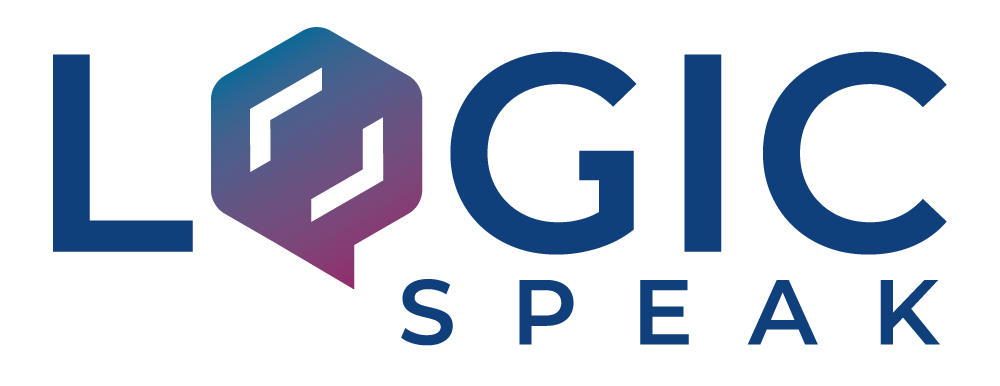An important part of developing your IT roadmap is to include the IT standards and best practices that apply to your industry, planned business initiatives, or business size. In this blog. we discuss why IT standards and best practices matter, where regulatory compliance fits in, and how to continually ensure your business is adhering to the standards you put in place.
What are IT standards and best practices?
An IT standard is an established norm or requirement in a particular area of business. Best practices are the widely accepted actions, processes, techniques, or technologies that best help businesses meet that standard. For example, a standard in your industry might be to maintain five-nines availability. The best practice to achieving five-nines availability may include achieving a highly available infrastructure through a certain redundancy model, Environment as a Service, or cloud migration.
The idea is that your business doesn’t have to recreate the wheel. You can benefit from the work of others instead of trying to figure out how to meet an industry standard on your own. Chances are someone has already tried and failed, tried again, and figured out how to best do what you want to do in the most efficient way possible. Over time, these learned lessons become a best practice. By adopting these best practices, your business can save time and money.
Stay Connected!
Get the latest IT trends and best practices in your inbox.
Where does compliance fit in?
A regulation is just a type of standard. However, instead of recommendations, they are requirements for many businesses. Complying with regulations such as SOX, HIPAA, GDPR, PCI, NIST, CMMC, or others can be achieved through established best practices. Just like there are best practices for industries and business initiatives, there are best practices for achieving compliance with your regulatory obligations in the most cost-effective and efficient way possible.
How can my business access standards and best practices?
Businesses that want to implement standards and best practices can develop them on their own, but it requires a significant investment of time and money. Instead, businesses can utilize the Information Technology Infrastructure Library (ITIL), a vendor-agnostic set of standard operations management procedures and best practices that help organizations develop and manage an IT infrastructure. ITIL was developed by the UK government and is focused on aligning IT services with business needs. The latest version of ITIL was published in 2020.
Another option is to work with an IT provider that understands industry standards and that has developed best practices to meet them over many years and across many clients and industries. Utilizing an IT provider enables your business to focus on its core values and activities while leaving IT standards and best practices to the experts.
The importance of continuous assessment
Establishing standards and implementing best practices alone isn’t enough. It is also important to periodically assess that your business is adhering to them and to confirm that your IT infrastructure is aligned to those standards that you have put in place. This ensures continued effectiveness in meeting the standards, provides accountability, and allows you to revise your operations when necessary.


Recent Comments